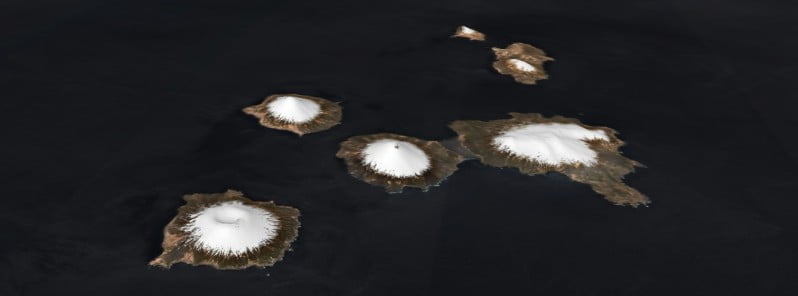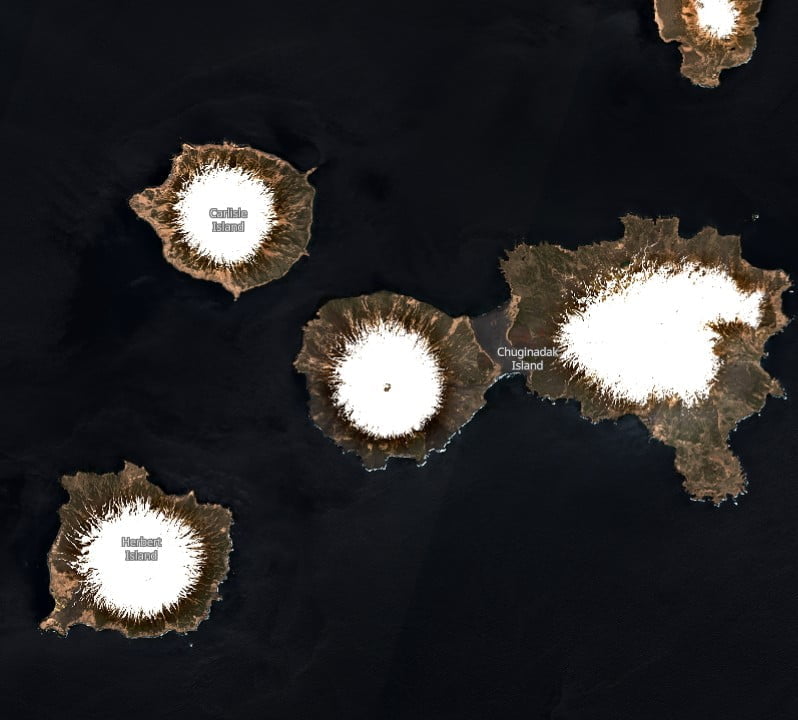Cleveland volcano – Aviation Color Code and Volcano Alert Level raised to Yellow/Advisory, U.S.

Elevated surface temperatures and sulfur dioxide emissions have been detected at Cleveland volcano, Alaska, U.S. over the past couple of days, representing a departure from background activity.
As a result, the Alaska Volcano Observatory (AVO) has raised the Aviation Color Code to Yellow and the Volcano Alert Level to Advisory at 00:19 UTC on May 11.1
This volcano is monitored with a limited real-time seismic network. This smaller network inhibits AVO’s ability to detect precursory unrest that may lead to an explosive eruption.
Rapid detection of an ash-producing eruption may be possible using a combination of seismic, infrasound, lightning, and satellite data.
Eruptions from Cleaveland typically generate small clouds of volcanic ash that are a hazard in the immediate vicinity of the volcano, though more significant ash emissions are possible.
Alert levels were lowered from Yellow/Advisory to Unassigned/Unassigned on October 20, 2021, due to a decline in seismic unrest, deformation, and thermal emissions.

Geological summary
Beautifully symmetrical Mount Cleveland stratovolcano is situated at the western end of the uninhabited, dumbbell-shaped Chuginadak Island. It lies SE across Carlisle Pass strait from Carlisle volcano and NE across Chuginadak Pass strait from Herbert volcano.
Cleveland is joined to the rest of Chuginadak Island by a low isthmus. The 1730 m (5 675 feet) high Mount Cleveland is the highest of the Islands of the Four Mountains group and is one of the most active of the Aleutian Islands.
The native name for Mount Cleveland, Chuginadak, refers to the Aleut goddess of fire, who was thought to reside on the volcano.
Numerous large lava flows descend the steep-sided flanks. It is possible that some 18th to 19th century eruptions attributed to Carlisle should be ascribed to Cleveland (Miller et al., 1998).
In 1944 Cleveland produced the only known fatality from an Aleutian eruption.
Recent eruptions have been characterized by short-lived explosive ash emissions, at times accompanied by lava fountaining and lava flows down the flanks.2
References:
1 VONA – 00:19 UTC on May 11, 2022 – AVO
2 Cleveland – Geological summary – GVP
Featured image credit: Copernicus EU/Sentinel-2, TW

Commenting rules and guidelines
We value the thoughts and opinions of our readers and welcome healthy discussions on our website. In order to maintain a respectful and positive community, we ask that all commenters follow these rules.